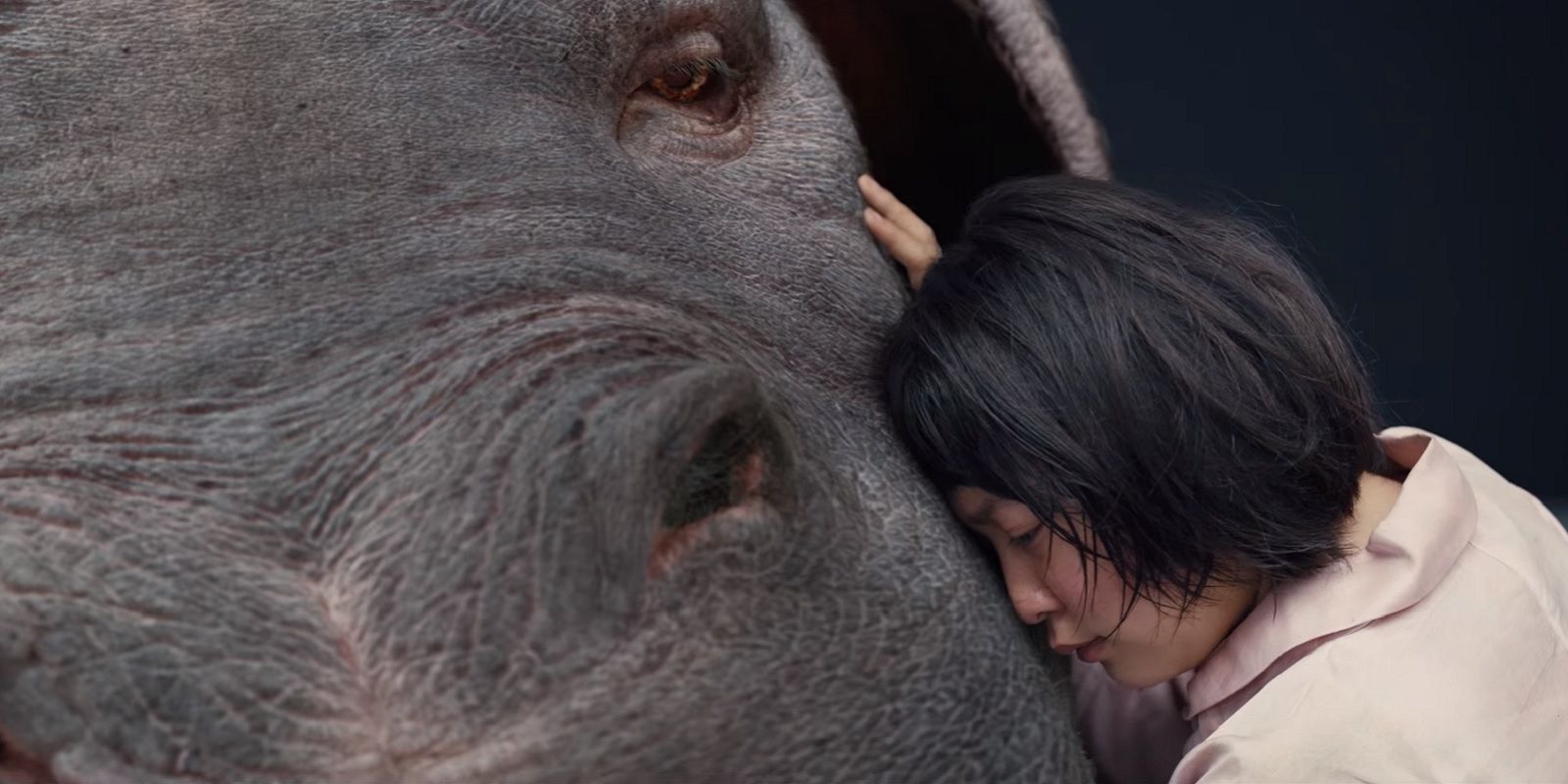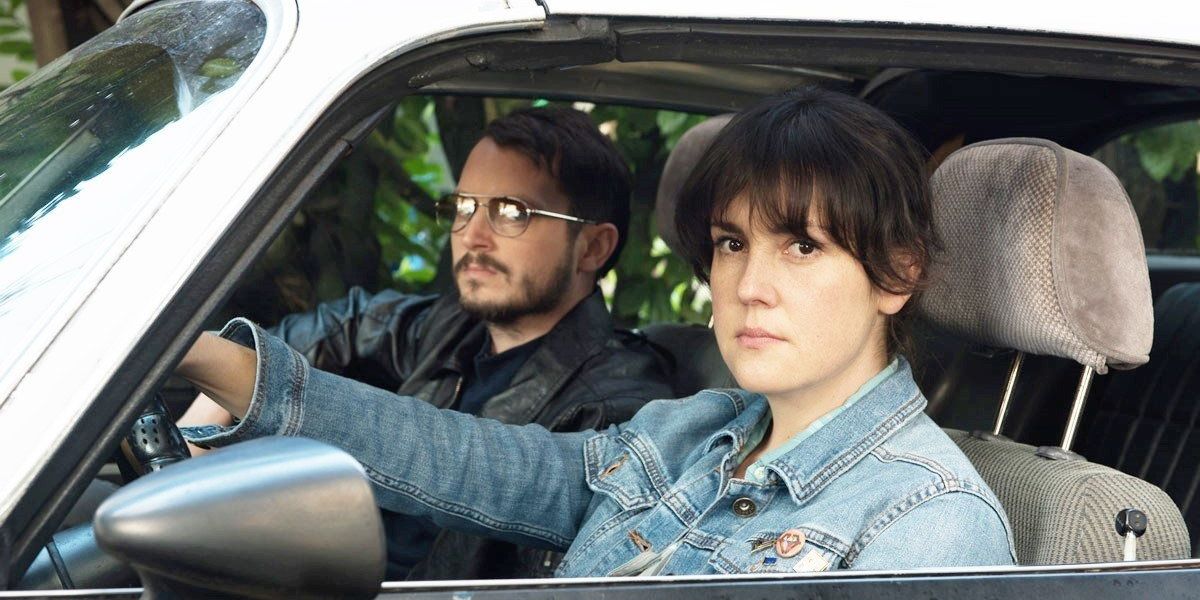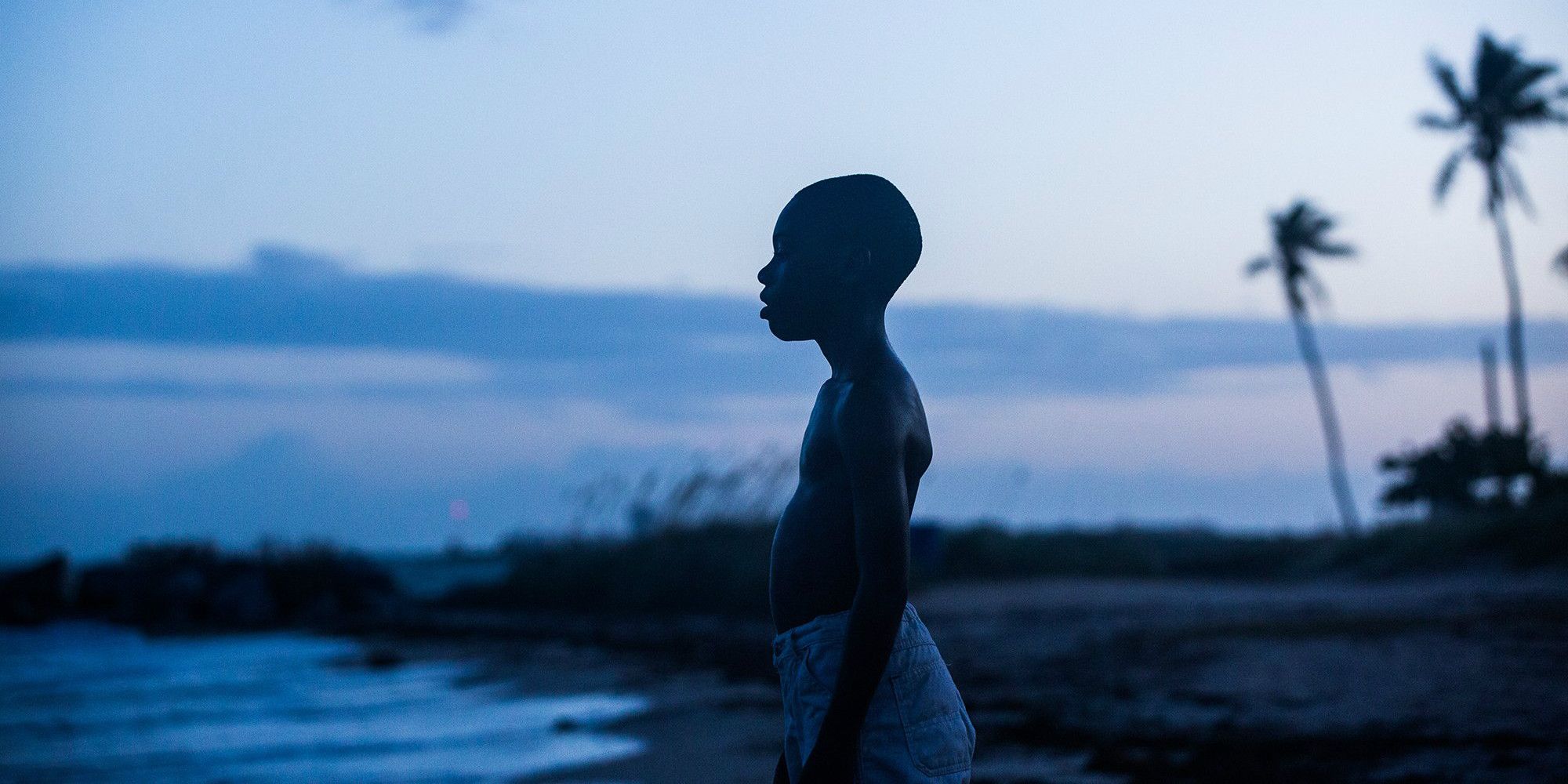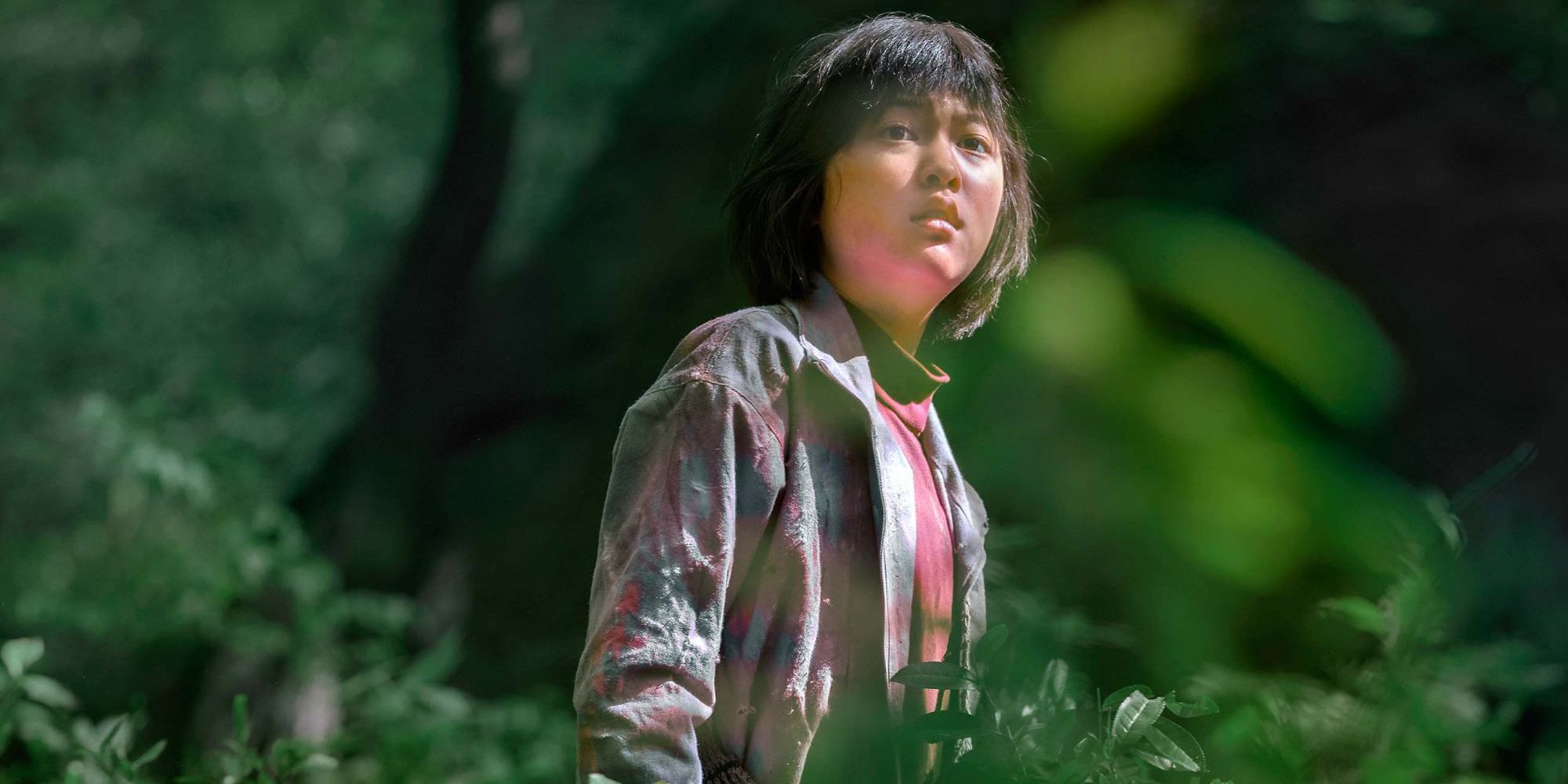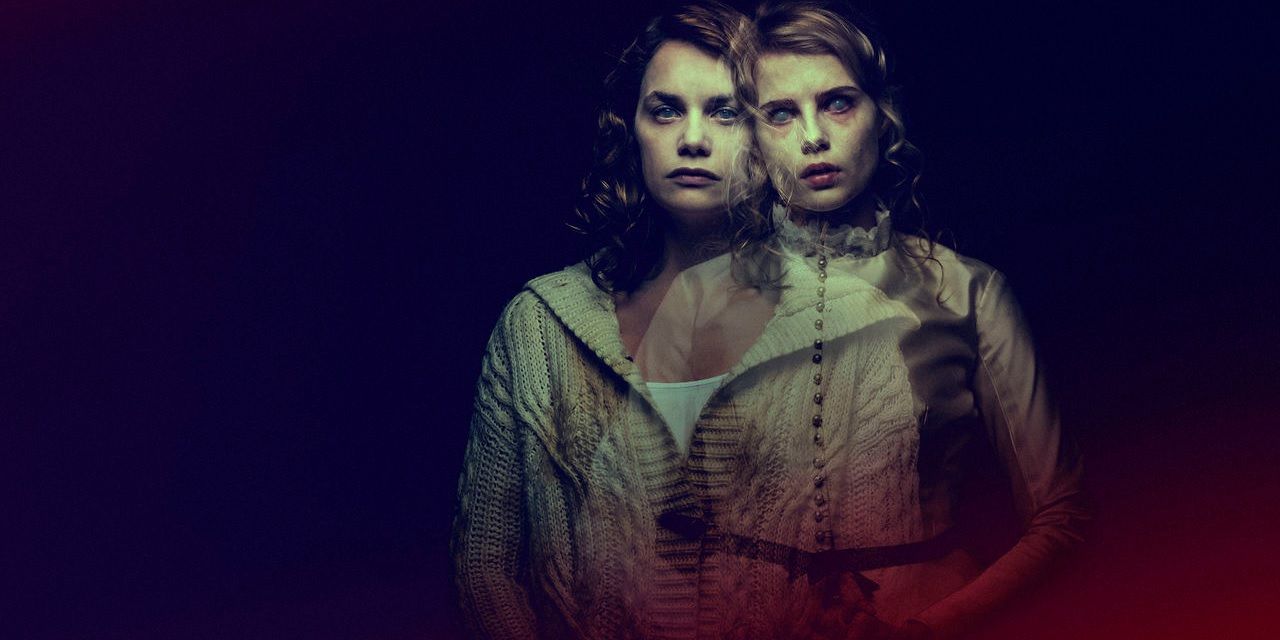In the past few years, Netflix has evolved from a simple streaming service to a powerhouse in indie movie distribution. Dropping multiple feature-length productions from critically acclaimed filmmakers – including the offbeat comedy-drama Win It All from mumblecore director Joe Swanberg and the brooding Sundance thriller I Don’t Feel at Home in This World Anymore from first-time director Macon Blair – Netflix has become a breeding ground for independent film.
Meanwhile, the theatrical landscape appears more and more inhospitable for features that seek to explore new narrative territory or upend mainstream expectations and tastes. For the most part, if a film doesn’t fall into a clearly defined genre – be it action, comedy, horror, or one of the many cinematic universes – there seems to be very little room for fresh films to be made and seen by a wide audience.
It's hard to imagine a movie like The Graduate being a blockbuster success in the 21st century. Despite being a significant box office draw when it saw initial theatrical release in 1967 – generating $754 million at the box office at the time on a $3 million budget (when adjusted for inflation) - the twenty-second highest grossing motion picture in North America would likely be somewhere at the bottom of that same list if it were to debut in 2017.
Save for the Oscar-nominated independent feature that miraculously manages to garner attention (as was the case with last year’s Best Picture winner Moonlight, which went on to earn $65,046,687 at the box office on a $1.5 million budget) smaller movies typically have a harder time of it at the multiplex. With many moviegoers opting for the entrenched supremacy of the superhero film and the extended movie universe template, filmmakers hoping to make money off original screenplays had better hope that their movies play well to Academy voters.
Even more recently, this kind of built-in failure in indie film distribution came to a head at the 2017 Cannes Film Festival. Making the top headlines was the premiere of the forthcoming Netflix production Okja, an original monster movie written and directed by celebrated South Korean filmmaker Bong Joon-ho. Initially, many Cannes panelists were reticent to consider the Netflix distributed production for consideration for the Palme d’Or.
Front and center of a lot of this debate was panelist and award-winning Spanish director Pedro Almodóvar, who initially refused to consider a Netflix project as he would any other film being screened at the festival. Citing the distinction between the theater experience and the more recent move to streaming original productions at home, Almodóvar led what could be considered a seminal defense of what should constitute the moviegoing experience in the early 21st century.
Despite being booed initially for its status as a Netflix feature, Okja has since gone on to receive a 79% approval rating on Rotten Tomatoes, and was considered for the grand prize at Cannes. Ultimately losing out to the Magnolia Pictures-distributed Swedish satire The Square, Bong’s latest just released on Neftlix, and will probably reach more viewers than the formerly cited Palme d’Or winner will in its respective theatrical run stateside.
It’s no secret that movie ticket sales in the U.S. are suffering – with recent reporting finding that the summer 2017 box office is down by ten percent since last year. And after suffering an especially dismal turn out over the course of this past Memorial Day weekend, the movie going experience is quickly becoming a less desirable way for domestic audiences to spend their hard earned dollars. Despite continuing to make back considerable bank over seas, even some of the biggest Hollywood productions - such as the disheartening flop that recently befell King Arthur: Legend of the Sword - are struggling to tread water in a contemporary media marketplace otherwise dominated by streaming services such as Netflix.
However, several network TV series – most notably Game of Thrones and The Walking Dead - have seen a significant uptick in regards to popularity that at times appears to supersede the prominence of major theatrical releases. In addition, Netflix has developed what is perhaps one of the most widely seen original series in recent memory with the premiere of Stranger Things from last year. For many, the plethora of viewing options available at home – both online and off – are far more attractive than making the trek out to the theater, where exorbitant ticket prices and reserved seating can be off-putting to the casual consumer.
Considering all of that, it’s easy to understand why a prominent director like Bong Joon-ho would decide to make the move to Netflix when it came to securing distribution for his next film - particularly in terms of reaching American audiences. Despite being the critically heralded writer and director of such contemporary movie masterpieces as the 2006 genre film The Host and the 2013 science-fiction drama Snowpiercer, Bong’s move to Netflix with the release of Okja marks an unmistakable shift in the way that American audiences consume and interact with movies.
In 2013, Snowpiercer opened to the tune of $171,187 among American audiences, with an average take of $21,398 per theater. This followed a long struggle with U.S. distributor The Weinstein Company, who at first told Bong to cut 20 minutes from the movie's runtime and, when he refused, only gave Snowpiercer a limited release in about 100 theaters nationwide. Meanwhile, Bong’s English language debut enjoyed a stronger performance overseas, and became the tenth highest-grossing release in its country of origin. In addition to other foreign markets that typically outperform the U.S. in terms of ticket sales, Snowpiercer went on to earn $82,195,262 at the international box office. After that bad experience, it's easy to understand why the director turned to Netflix for the release of Okja.
Next Page: [valnet-url-page page=2 paginated=0 text='Staying%20In%20vs.%20Going%20Out%20to%20the%20Movies']
The frequency with which international markets continue to lap up big-budget genre release like Snowpiercer with far more gusto than American audiences leads one to concede that the American moviegoing experience is fading. And if the established Hollywood distributors can’t get the job done in an age where the home video experience is adapting to consumer demands at a rapidly evolving pace, why shouldn’t Netflix step in to solve the problem?
The big question that still remains is what kind of response Okja will get as Netflix viewers continue to drop in and watch the strange but touching movie. Based on the appeal of Snowpiercer, Bong Joon-ho may still have something of an uphill battle to surmount when it comes to getting his latest production watched by American viewers otherwise bombarded by the latest franchise releases and Netflix's wealth of alternative content. In a sea full of options, it’s often hard to get indie films seen.
At Cannes, the very idea of considering a Netflix-distributed feature film in the same realm as those productions meant to be seen in a crowded theater was ridiculous. Critics who collectively made a stand for the sanctity of the moviegoing experience as it has been understood for decades uniformly booed any productions that bore the iconic red banner of a company that had become ceremoniously noxious - and further controversy over the unorthodox distribution of Okja in South Korea is currently raising further alarm.
This kind of divide is nothing new when it comes to the evolution of the filmmaking industry at large in the 21st century. With the rise of digital photography, many filmmakers have felt called upon to come out in favor of the continued use of celluloid in major Hollywood productions. Overall, digital is by and large being adapted by many of the biggest and most powerful filmmakers and studios with only a few significant outliers – most notably including Quentin Tarantino, whose 70mm presentation of The Hateful Eight turned a few interested heads back to the physical medium in 2015.
But if Netflix is slated to become a major distributor, then digital film is only one small slice of the pie. The way in which Americans are watching movies in 2017 is drastically distanced from the way Americans were watching movies fifty years ago. The Graduate was engaged by a domestic moviegoing audience accustomed to a more attentive mode of viewing in 1967, whereas Okja will be engaged by a domestic moviegoing audience accustomed to a more distracted mode of viewing in 2017.
In the expanse of fifty years, the distribution of film by Hollywood has had to adapt to a rising demand for more viewing options, outlets, and sources of content in a marketplace that is increasingly multi-faceted. The kind of quiet concentration forced upon moviegoers in the late 20th century is a thing of the past. With Netflix, the moviegoing experience is predicated upon offering more options than any single viewer could possibly process comprehensively.
Going to the movie theater will forever be the ideal way to see movies for the kinds of people who would attend or closely follow the goings on at Cannes once a year. But in the festival’s notorious predilection towards snootily dismissing more populist trends in the larger moviegoing experience like Netflix, there is a definite gap in truly understanding the extent to which the popular online streaming service might rise to meet the demands of a generationally alien commercial marketplace.
If indie filmmaking is going to survive, then even more filmmakers are going to need to consider Netflix as a viable distributor than those that already have. The current theatrical release model long entrenched into the very fabric of Hollywood is quickly becoming outdated and in need of drastic revision. Based on the A-list talent involved in bringing the original dystopian morality tale to life – including lead performances from Jake Gyllenhaal, Tilda Swinton, Giancarlo Esposito, and Paul Dano – Okja could have been a respectable summer hit, had it received a proper theatrical release.
It’s hard to accept that the movie theater is no longer the be-all and end-all when it comes to a major motion picture’s theatrical debut. In light of that, perhaps Netflix can offer a small saving grace in its ability to save indie filmmaking from Hollywood. Americans are going out to see movies in the theater with a steadily decreasing frequency, while online streaming platforms and home video rental services make it easier than ever to bypass the inflation of ticket prices at the domestic box office.
Much like Win It All and I Don’t Feel at Home in This World Anymore from earlier this year, Bong may manage to find a home with American moviegoers on Netflix that he hasn’t previously been afforded by Hollywood. Whether or not indie filmmaking will manage to thrive there, however, remains to be seen.

